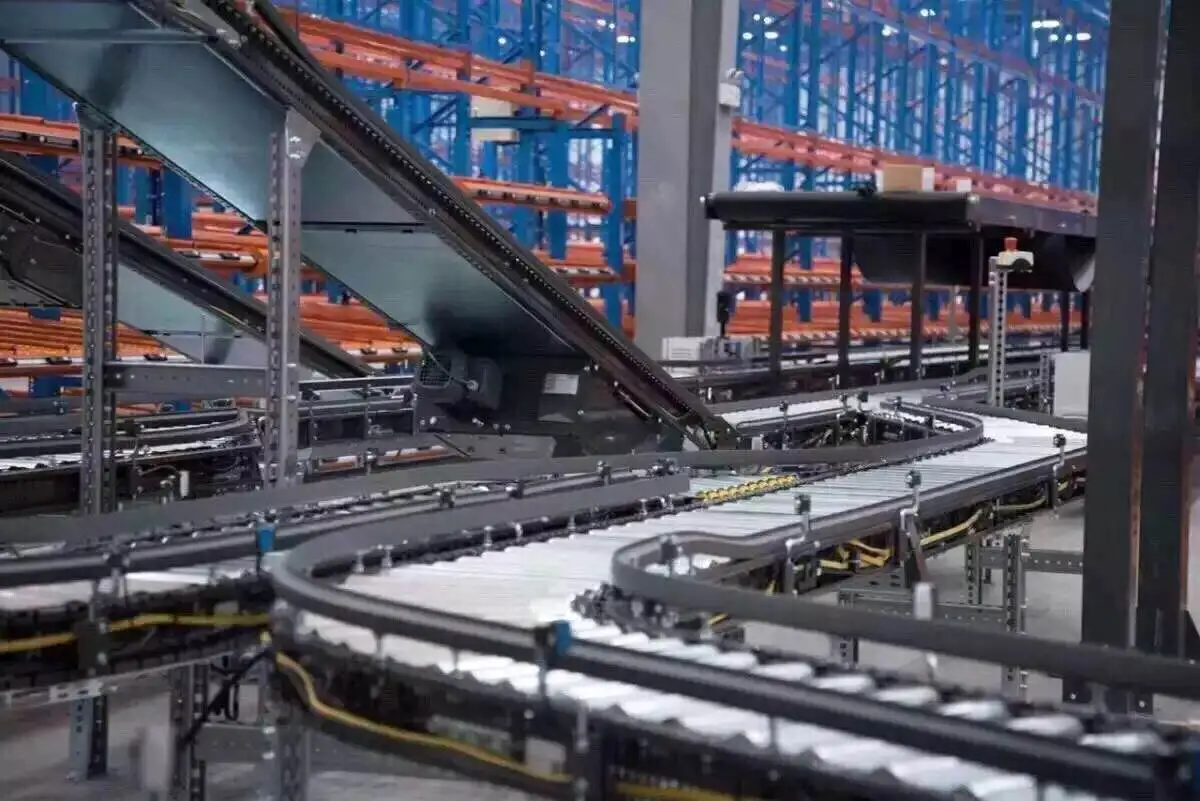In recent years, the logistics industry has also been increasing digitization and automation, and “automatic warehouses” have also attracted attention.
In the future, how will automatic warehouses affect the logistics industry in Japan, where labor shortages are a challenge? Also, will it be cost-effective for the expensive cost of introducing automated warehouses? This time, let’s summarize the advantages and disadvantages at the time of introduction and the types to be grasped about such an automatic warehouse.

What is Automated Warehouse System?
An automated warehouse system is a warehouse that has an automation system. Centrally manage the flow of goods and products in a series of warehouses from storage to shipment. The computer that performs this management is called an automation system, and inventory management equipment etc. are installed in the warehouse, and a unique management system suitable for each warehouse is built. Stacker cranes and control devices are installed as necessary to automate loading and unloading operations, reducing the man-hours of employees and making it a very convenient system in various aspects.
However, since it is a system that customizes according to the warehouse-like this, it may cost a lot of money to build a suitable system depending on the interior of the warehouse and the work contents.
Types of Automated Warehouses
There are several types of automated warehouses:
- Bucket automated warehouse
Bucket automated warehouse is a type of three-dimensional automated warehouse that can store irregular products and products in small buckets.
The pallet type is an automated warehouse system that is ideal for storing products and parts in pallet units. Since it is stored in a high-rise rack, it makes effective use of the height direction. It can be installed in an integrated building (building rack) or in an existing warehouse, and can be combined with an automatic guided vehicle.
- One-size-fits-all automated warehouse
It is an automated warehouse that realizes flexible storage regardless of the size, shape, and weight of the product. Since it can be stored in containers, cardboard cases, trays, etc. regardless of shape and weight, it can be used when handling a large number of product types or special products.
- Mobile shelf (moving rack) type automated warehouse
The mobile shelf type is an electric type automated warehouse that enables dense storage by placing the shelves themselves on a mobile trolley. Since the shelves themselves move, the space in the warehouse can be used to the maximum extent, improving storage efficiency and picking efficiency.
The vertical rotary shelf is also designed to save space and make effective use of the height direction. Centralized control of warehousing and delivery eliminates the need to search for inventory or collect goods.
- Automated warehouse for freezing and refrigeration
A freezing / refrigerating automated warehouse is a type that constantly controls the storage temperature and humidity of refrigerated/frozen products to control the quality and freshness of the stored items. This automated warehouse is especially useful in the field of low-temperature logistics, as human work time is limited in refrigerated warehouses.
- Inclined flow shelf
Inclined flow shelves are transported horizontally in pallet units, and storage management methods are used. In addition to loading and unloading with a forklift, stacker cranes can be easily assembled and handled.
There are many types and types of automated warehouses other than the above. It is necessary to select a system that matches the characteristics of the products and products handled by the company. Also, if you do not know the system that suits your company, it is recommended to consult with a consultant.
Advantages of Automated Warehouse
The advantages of introducing an automated warehouse are as follows:
- Increase productivity and work efficiency – Automated warehouses can dramatically increase productivity over hand-made work by automating inbound, issue, or picking operations. There is a limit to working hours for human work, and it is necessary to secure a break time, but systems and robots can be operated 24 hours a day. In addition to avoiding the involvement of employees in hazardous tasks, it can also handle places where it is difficult for people to work for long periods of time, such as refrigerated warehouses and refrigeration warehouses.
- Space-saving and labor-saving – By introducing an automatic warehouse system, it is possible to effectively use the height direction by utilizing high-rise racks with pallet types, and moving shelf types can be densely packed with racks, saving storage space. Another advantage is the labor-saving effect, which can greatly reduce the number of personnel required for inbound and outbound and picking by the automatic warehouse. The warehouse industry is becoming increasingly labor-driven, but it allows limited employees to be placed in the right business without limiting them to warehouse work.
- Stabilization of business quality and product quality – Even if a strict check process is established, human error is inevitable when working with human hands. Especially during peak periods, there is a problem that mistakes are likely to occur when employees are fatigued due to increased workload. On the other hand, in the case of automatic warehouses, work is performed with a certain quality regardless of the amount of work, so the advantage is that the business quality is stable. In addition, by reducing the entry and exit of people in the warehouse by automatic warehouse, it is possible to maintain a constant temperature and create an environment where foreign matter such as insects are less likely to enter. Another advantage is that quality can be stabilized when handling products that require strict temperature control and quality control.